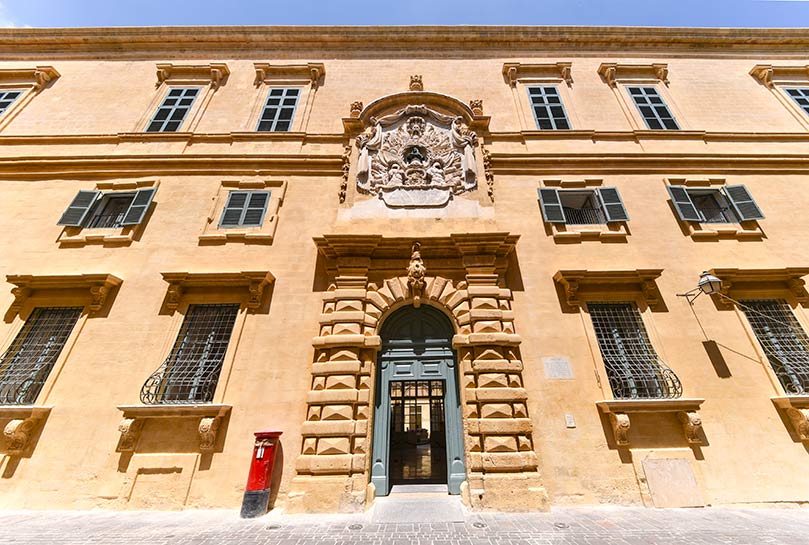Located in the Maltese capital of Valletta, the historic 16th century Auberge d’Italie has been transformed into a green-powered, energy-friendly building, housing Mużew Nazzjonali tal-Arti, or Malta National Community Art Museum (MUŻA). With the help of EU funds, the famous building has been retrofitted to generate its energy needs from renewable sources.
MUŻA: a zero net energy design for Malta’s national art museum
- 20 September 2020
The success of MUŻA – the Malta National Community Art Museum – is the result of a multidisciplinary collaboration with common objectives: to provide a 21st century art museum experience, culturally empowering local/international communities within a net zero historic building.
The project created an improved space and context to showcase Malta’s national art collection. At the same time, the renovations ensured that the building is energy self-sufficient and has a low carbon footprint.
Building on existing energy efficiency
The reuse of an existing building is inherently sustainable. The project improved the building’s overall energy performance by adding to the existing energy-efficient features.
For example, the original thick limestone walls already provide a good thermal insulation, ensuring the building is cool in summer and warm in winter. The central courtyard ensures natural cross-ventilation and lighting.
The building’s original windows were retrofitted with secondary double-glazed ones. To save water, the original water cisterns are used to harvest rainwater for flushing the toilets. A new insulation layer was added to the roof and photovoltaic panels were installed to provide the required energy for the museum’s mechanical and electrical infrastructure.
Interior energy consumption
Heating and air conditioning systems were installed that are monitored and controlled by a building management system. This system uses sensors placed throughout the building, along with a series of algorithms, to make adjustments in heating or cooling based on how many people are present.
An artificial intelligent lighting system using LED lamps was set up. Sensors detect in which parts of the building there is activity, and a computer then automatically adjusts the intensity to the desired level.
In the year following its official opening in December 2018, over 5 000 people visited the museum. The project is a best-practice example of retrofitting a historic building to modern-day requirements.
Total investment and EU funding
Total investment for the project “Net Zero Energy MUŻA Art Museum” is EUR 9 147 872, with the EU’s European Regional Development Fund contributing EUR 7 318 298 through the “Fostering a competitive and sustainable economy to meet our challenges” Operational Programme for the 2014-2020 programming period. The investment falls under the priority “supporting the shift towards a low carbon economy”.

